I am trying to find a low cost high accuracy linear position sensor that can be used in a hobby 3D printer. Almost all current 3D printer designs rely on stepper motors to provide positioning but I want something that works on positioning info rather than assuming the motor will do what it's told. After a few hours of searching I have found lots of technologies that provide high accuracy sensing but they are all sold by companies who tailor make a whole system for application and require that you request a quote. I am assuming that things are probably insanely expensive and not something for a hobbyist. I am obviously not a professional and would just like to find out if any of you know of a technology I can use that should not really be more expensive than stepper motors?
PS. The type of accuracy I am looking for is about 0,01mm.
